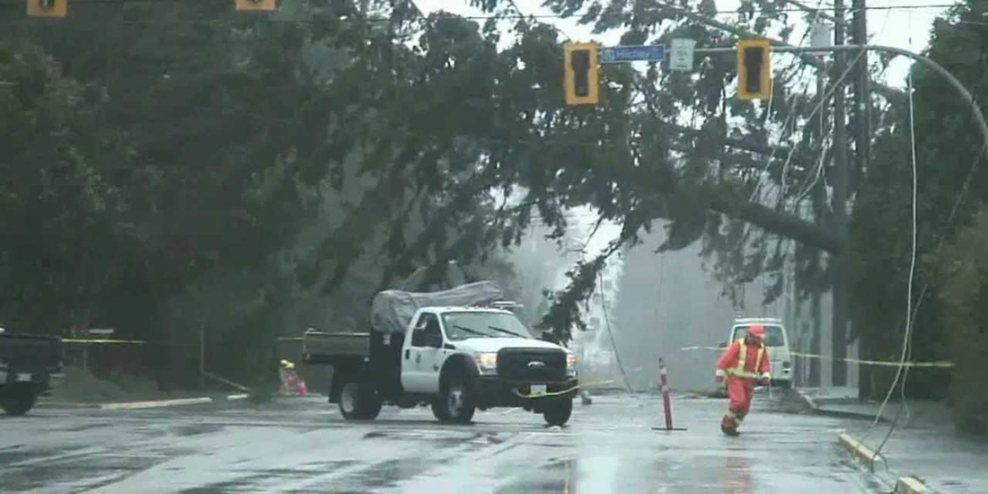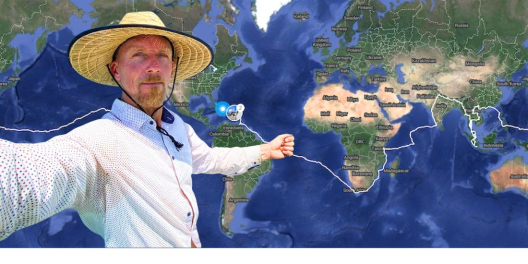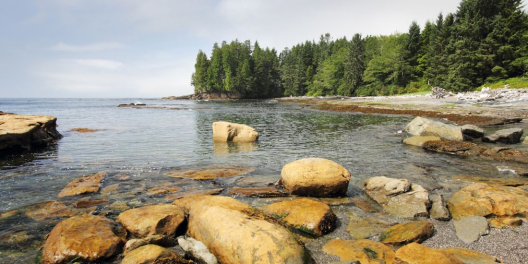2021 was the year of extreme weather for Vancouver Island. We had more wild weather than ever in recorded history!
We had intense highs and dramatic lows. We had a deep drought. And we saw some weather events that don’t normally happen on VanIsle.
They won’t be a one-time phenomenon.
The province has implemented a new extreme heat warning system. The alerts will hopefully prepare us for future heat waves. But what about all the other extremes?
The list of weather terms is only growing. So we’ll brief you on some new chaotic weather words you need to know.
Heat Dome
You probably heard this for the first time in June 2021. Remember that deadly heatwave? It was caused by a heat dome.
Imagine how much hotter a pot of food gets when you put a lid on it. This is how heat domes work. They form when high atmospheric pressure pushes down on hot summer air, creating a “dome” that traps heat close to the ground.
Heat domes are more typical in places like Arizona and Texas. But in the Pacific Northwest? They almost never happen.
The heat dome caused temperatures near 50ºC on VanIsle, and the deaths of over 600 people in BC last year.
Climate change makes heat domes hotter and makes them happen more often, but there’s no telling whether one will settle over us any time soon.
Bomb Cyclone
Also known as weather bombs, these are caused by rapid drops in air pressure within 24 hours.
These are intense storms with rapid upticks in strength. They can cause rapid flooding and high winds.
A record-setting bomb cyclone hit VanIsle last October. It drenched the coast and knocked out power to thousands.
We’ve seen weather bombs before, but climate change is making them even more explosive.
Atmospheric River
Atmospheric rivers are called that because these clouds look like giant rivers in the sky. And they carry a ridiculous amount of water.
They begin as an offshoot from a tropical storm. The offshoot can carry water across the world. They cause the kind of flooding we usually only see with the tropical storms that spawned them.
Only last time we checked, we don’t live in the tropics.
That’s what happened in November 2021. An atmospheric river drenched the mainland and blew apart the highways. Thousands of folks on VanIsle were without power.
Though atmospheric rivers have always been around, climate change is making them stronger. That’ll mean bigger, meaner rain storms in the rainforests of VanIsle.
Flash Drought
Since last fall, flash flooding is a term most British Columbians know well. But its sister term, flash drought, is also something we need to watch out for.
Droughts are a shortage of rain. Flash droughts are when a lack of rain teams up with hot temperatures and high winds, like the heat dome in 2021. Things dry out really fast.
VanIsle went through a harsh drought last summer. The heat dome caused a flash drought that helped drive the summer’s extreme wildfires on the mainland.
Climate change will make drought more common on VanIsle. It’s the long, slow disaster.
Tornadic Waterspout
This one sounds like a fun water park ride, and we wish it was.
Historically, these have been rare on BC’s coast. But they seem to happen more frequently these days. Three were spotted off Comox in June 2022.
A tornadic waterspout is a tornado that forms over water. While they often die out in the ocean, they sometimes move inland, like the one that hit UBC in the fall of 2021.
Arctic Outflow
Did you freeze your buns off at Christmas? Anyone west of Saskatchewan felt your pain. That’s because we were caught in an arctic outflow.
An arctic outflow starts in the high arctic. Clear weather forms a dense, super cold air mass. That cold air is so dense that it starts to move like water, and it flows south and clockwise into the flat lands of Alberta and BC.
Normally arctic outflows get stopped by the Rockies. But when the winds are strong enough, they can push the cold air through mountain valleys and straight onto VanIsle. Hello, frozen nose hairs!
Make a Plan
These are just a few chaotic weather words we need to know. But knowing about them is only the beginning.
We’re going to need a community to get through these events. So grab your friends and make a plan! How will you support each other if the power goes out for days? How will you keep cool in hot weather?
You can also join groups to fight for a stable climate. Local change makes a big difference. Let’s make it happen.









